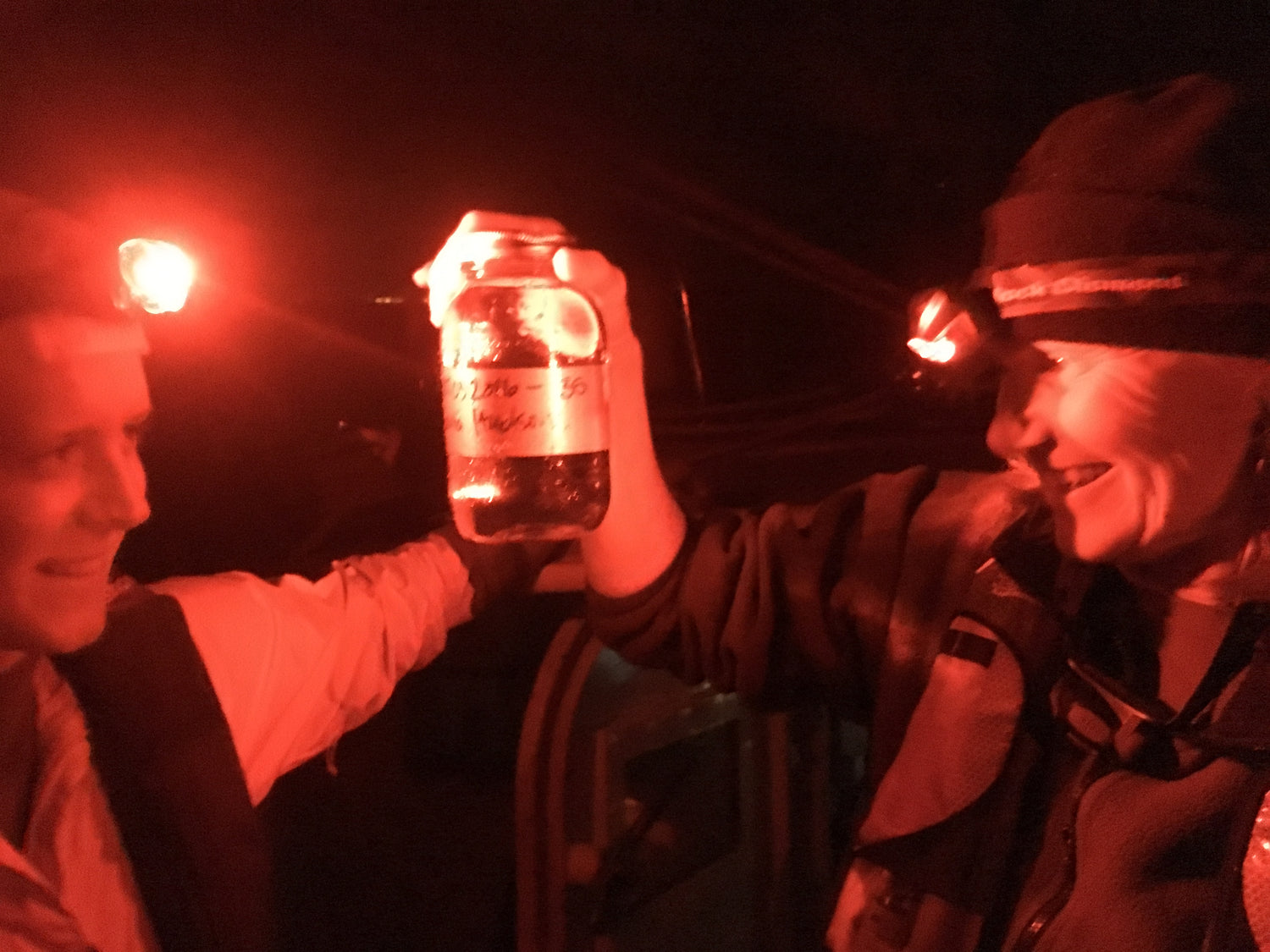Solution-Based Research
My philosophy was that we would do scientific marine debris research and data collection but not for the sake of just having data. The data needed to have a purpose and an impact to inform and promote meaningful solution development and/or implementation.
Below is a selection, to see all of the publications my team and I have contributed to or led, to see the whole list, check out my profile on ResearchGate.

Microplastic and anthropogenic microfiber pollution in the surface waters of the East River and Long Island Sound, USA (2024)
In order to best use microplastic and microfiber data to inform sources and solutions, this pilot study puts forth a method of hotspot identification and details the necessity of differentiating microfibers by several key characteristics: type, color, cross-sectional shape, delusterant presence, width and material.

Mountains to the Sea: River study of plastic and non-plastic microfiber pollution in the Northease USA (2017)
The first high-resolution full-river study sampling for microplastic and anthropogenic microfiber pollution.

Electric clothes dryers: An underestimated source of microfiber pollution (2020)
My close friend and co-author, Kirsten Kapp, and I were the first to establish that electric clothes dryers are indeed spewing microfiber directly into our environments.

Are we contaminating our samples?
Critical to understanding environmental pollution is the ability to prevent or identify contamination occuring during collection, processing and analysis.

Lake Champlain Shoreline Sediment Debris Study (2014)
Through this investigation, our team of Rozalia Project interns and I studied the type, distribution and concentration of marine debris in the littoral sediment of Lake Champlain.

Knowledge Gaps
Here is my current list of future study ideas that we need to fill the gaps and further our understanding to better inform solutions.